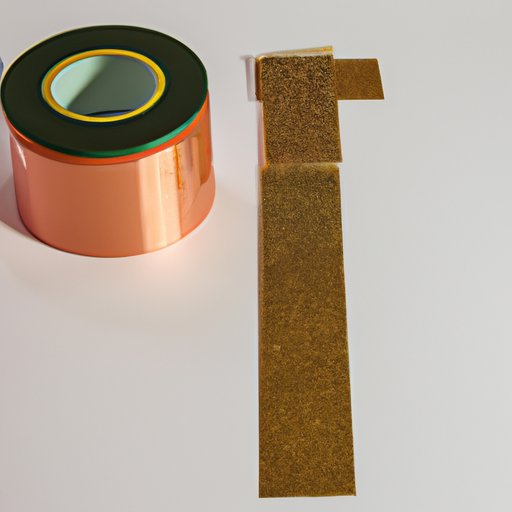Introduction
Cats are natural climbers and scratchers, and it’s no surprise that many pet owners find their furniture scratched and torn up. Cats use scratching to mark their territory, remove the outer layer of their claws, and stretch their bodies. While it’s normal feline behavior, it can be frustrating for pet owners who want to keep their furniture in good condition.
It is possible to train your cat to scratch in appropriate places and not on furniture. With some patience and dedication, you can teach your cat where to scratch and save your furniture from further damage. Here are seven tips that can help you get started.
Provide Scratching Posts
The most important thing pet owners can do to prevent furniture damage is to provide scratching posts for their cats. Cats need scratching posts to fulfill their instinctual needs, and they should be placed in areas of the home that your cat frequents.
When selecting scratching posts, make sure to choose ones that are sturdy and tall enough for your cat to stretch out while scratching. Posts should also have a rough texture that will allow your cat to dig its claws in. You may also want to consider posts that have multiple levels so your cat can climb and explore.
Scratching posts should be placed in locations that your cat visits often, such as near sleeping areas, favorite windowsills, and doorways. Placing posts in these areas will encourage your cat to use them instead of furniture.
Place Double-Sided Tape or Aluminum Foil on Furniture
Cats don’t like the feeling of double-sided tape or aluminum foil on their paws, so placing these materials on furniture can help deter cats from scratching. Simply apply strips of tape or foil to the areas your cat likes to scratch, and it should stop the behavior.
Make sure to check the tape and foil regularly to make sure they haven’t been removed or damaged. If they have, replace them immediately.
Trim Your Cat’s Nails Regularly
Regularly trimming your cat’s nails can help reduce the amount of damage caused by scratching. Trimming your cat’s nails every two to four weeks can help keep them from growing too long and causing more damage to furniture.
When trimming your cat’s nails, it’s important to use the right tools. Make sure to use a sharp nail trimmer specifically designed for cats. It’s also important to be gentle and patient when trimming your cat’s nails. Hold each paw firmly but gently, and only trim off the tips of the nails. Avoid cutting into the quick, which is the pink part of the nail.
Apply Deterrent Sprays
Deterrent sprays are a great way to discourage cats from scratching furniture. These sprays contain scents and tastes that cats don’t like, and they can be used to target specific items or areas of your home. Spray deterrents directly onto the furniture or area your cat is scratching, and it should stop the behavior.
When using deterrent sprays, it’s important to follow the instructions carefully. Some sprays may need to be reapplied after a few days, and others may need to be wiped away after a few hours. Read the label carefully before using any type of deterrent spray.
Give Positive Reinforcement
Positive reinforcement is a great way to encourage your cat to scratch in appropriate places. Whenever your cat uses a scratching post, reward him with treats and praise. This will teach him that scratching posts are the appropriate place to scratch, and he should avoid scratching furniture.
It’s also important to redirect your cat’s attention whenever he starts to scratch furniture. Gently pick him up and move him to a scratching post, then give him treats and praise when he begins to scratch there. Over time, this will teach him that furniture is off-limits and that scratching posts are the only acceptable places to scratch.
Conclusion
Cats scratching furniture can be a nuisance for pet owners, but it doesn’t have to be. By providing scratching posts, placing double-sided tape or aluminum foil on furniture, trimming your cat’s nails regularly, applying deterrent sprays, and giving positive reinforcement, you can help prevent your cat from damaging furniture.
In addition to these tips, you can also try using catnip or other toys to entice your cat away from furniture. With some patience and dedication, you can teach your cat to scratch in appropriate places and save your furniture from further damage.


